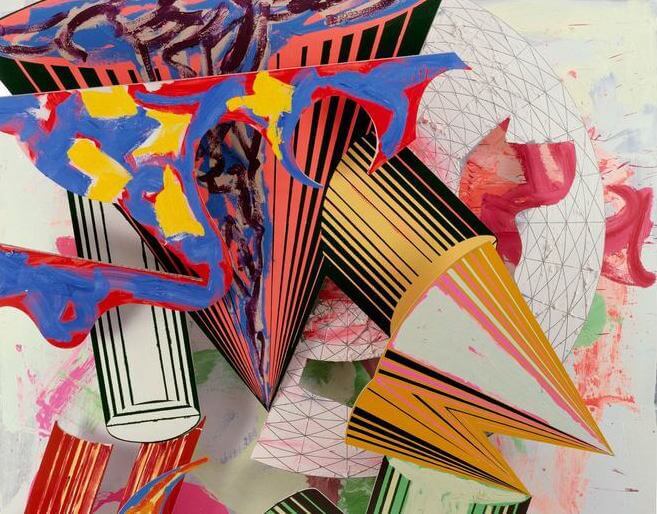Gwenaël Kerlidou reflects on the work of Frank Stella.
Kerlidou writes: “Stella’s main argument boils down to this: How to make paintings that don’t lose the status of paintings by becoming objects — paintings that evacuate the subjectivity of both the painter and the viewer, and replace it with historical necessity? But, by rejecting expression, interiority and the vulnerabilities that accompany them, in favor of a formalist rhetorical abstraction, didn’t Stella throw the baby out with the bathwater? By equating expression with drama rather than interiority, and by choosing to ignore what Kandinsky defined as painting’s “inner-necessity” in favor of a supposed historical necessity, did he also end up denying his viewer’s own inner-necessity? And by reifying painting, did he also end up reifying his viewer?”

